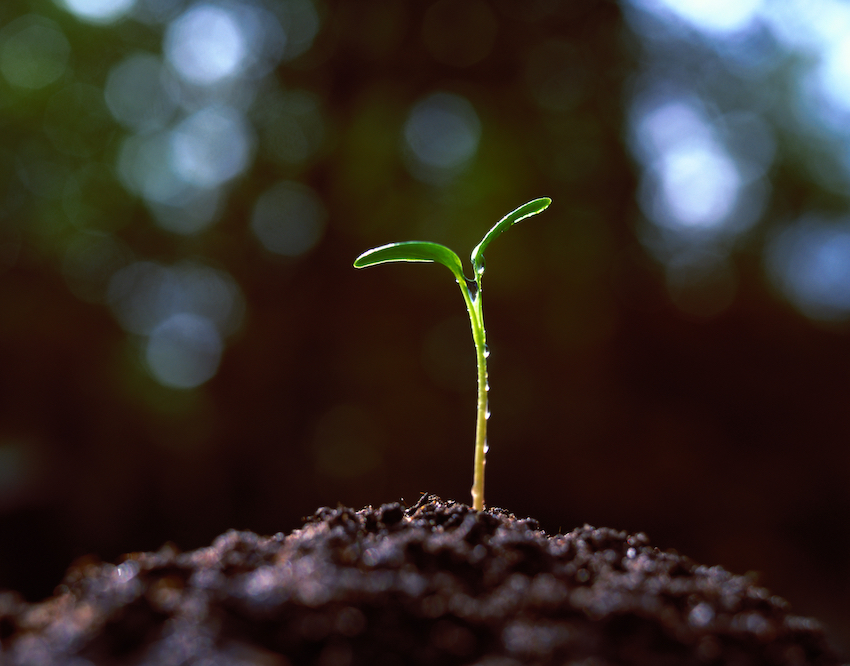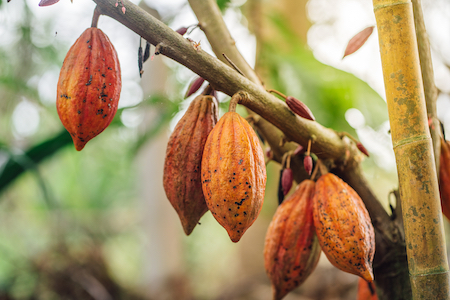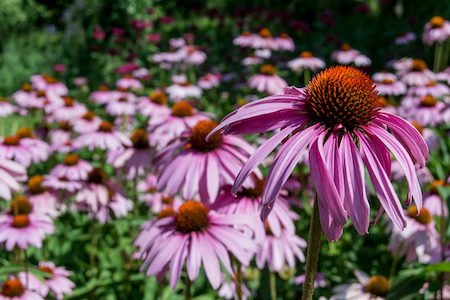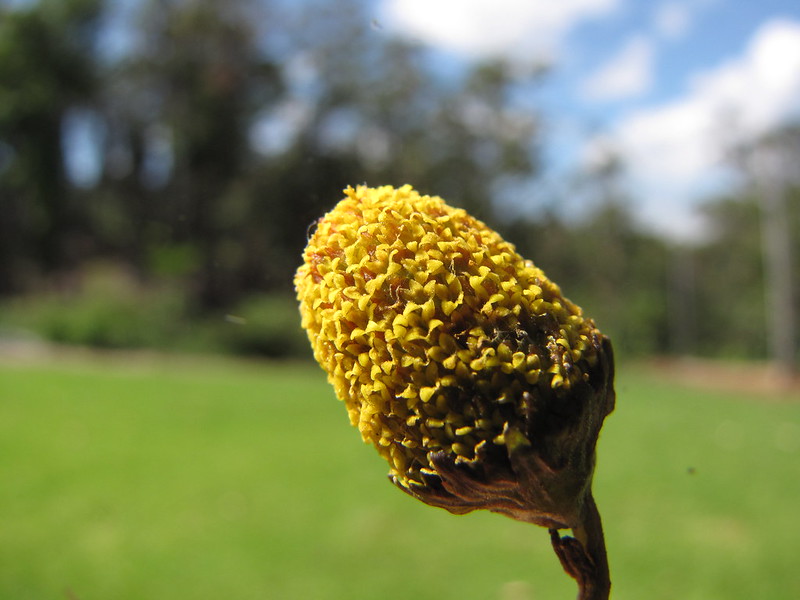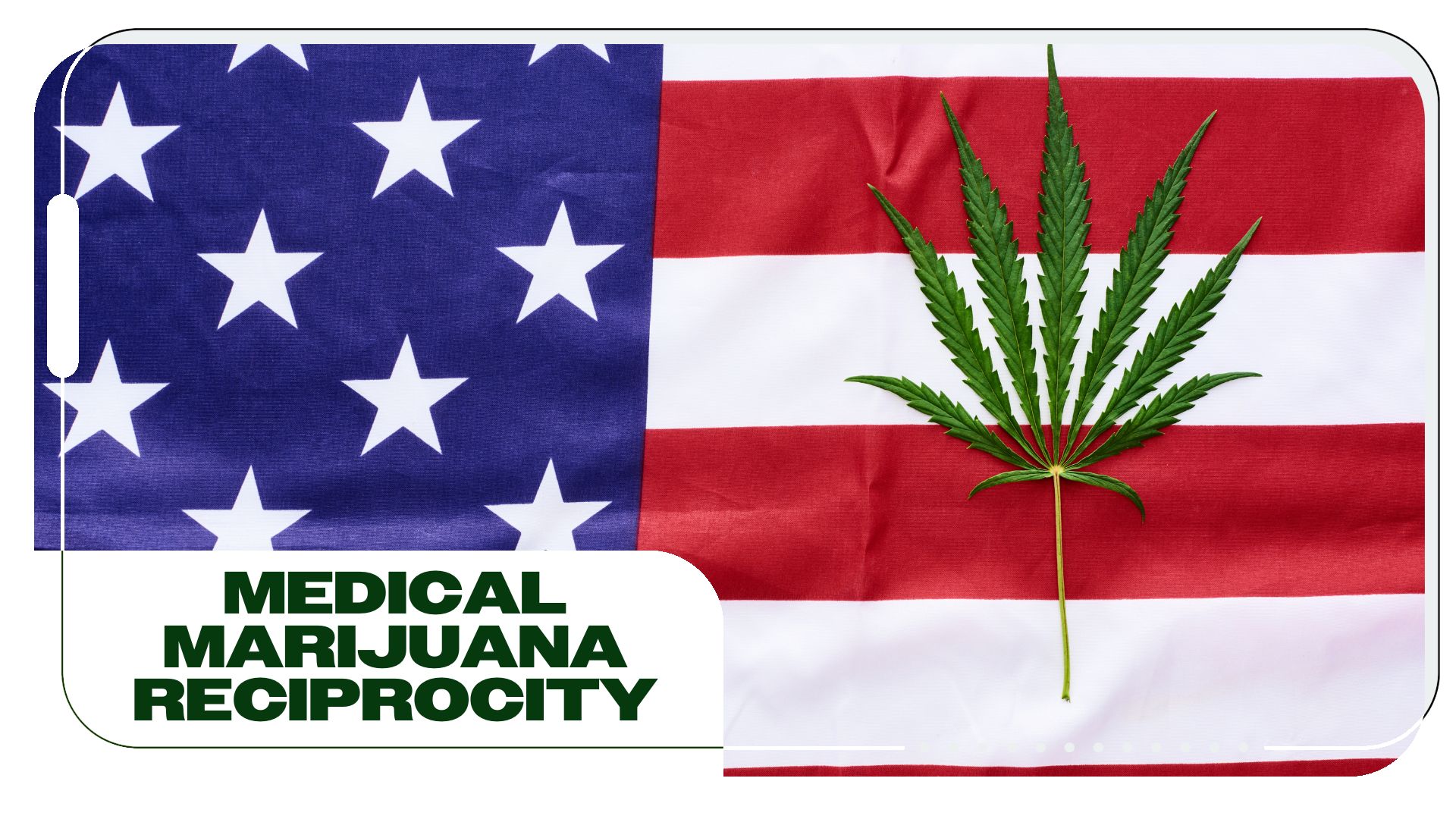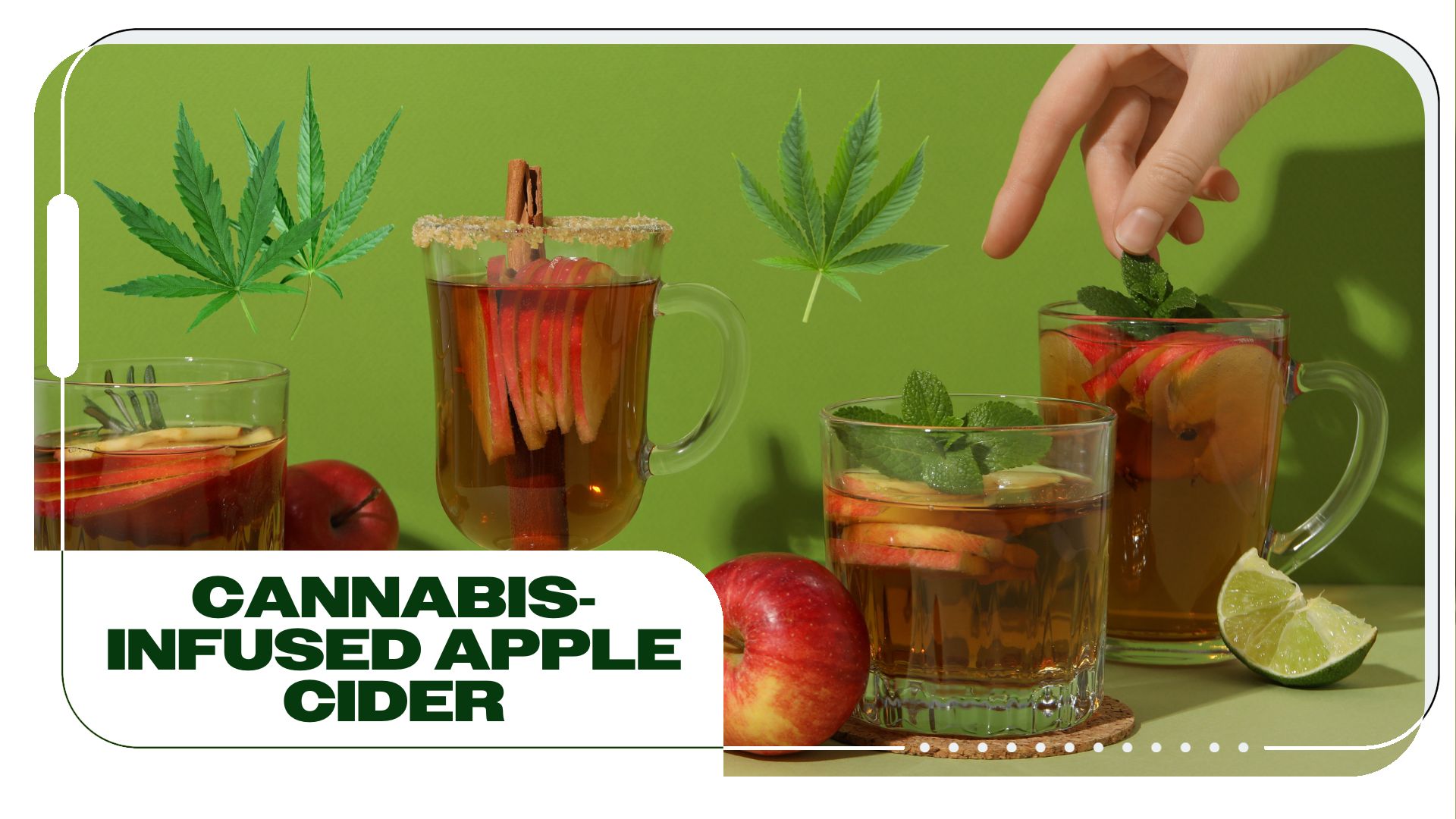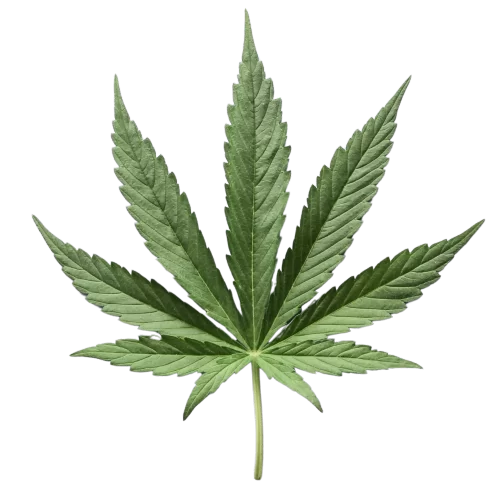Did you know that our bodies produce cannabinoids naturally? They’re located throughout our bodies and form part of the endocannabinoid system. That system is involved in processes for our appetites, pain-sensations, moods, and memory. Cannabis plants produce phytocannabinoids, the plant version of cannabinoids. When we consume cannabis, it binds to our cannabinoid receptors and interacts with it, giving us effects such as the infamous munchies. But are cannabis plants the only plants containing phytocannabinoids that functionally interact with our bodily receptors? Definitely not.
Although cannabis has a long history of recreational and medicinal usage, it is not the only plant that produces useful phytocannabinoids. Cacao, Black Pepper, Echinacea (Coneflower), Electric Daisies, and Japanese Liverwort are currently the most common alternatives to cannabis phytocannabinoids. Each plant differs slightly in its’ structures yet still delivers a healing biological effect.
1. Cacao
Cacao, Theobroma Cocoa, is a superfood that contains various chemicals that makes your brain “happy”. Cacao is rich in anandamide, which is naturally produced in our brains. Anandamide is the body’s version of THC (Tetrahydrocannabinol). It produces a sense of euphoria much like that of being high. However, you’ll only experience the full effects of cacao if it’s naturally sourced and unprocessed. Just the same as Cocoa, Black Truffles also provide us, and our brains, with feelings of bliss and happiness.
2. Black Pepper
The plant with the most surprising similarity to cannabis? Black pepper. Both black pepper and strains of cannabis contain something called beta-caryophyllene. That something is responsible for the smell of black pepper and many strains of cannabis. Black pepper and cannabis initiate response within the same cannabinoid receptors and they are both providers of invaluable anti-inflammatory properties and ease of pain.
3. Echinacea (Coneflower)
Echinacea, more commonly known as the Coneflower, is a remedy for the cold or flu symptoms. Those symptoms also include relief from anxiety, migraines, fatigue, nausea, and conditions such as arthritis. This flower’s similarity to cannabis is in the way it reduces and manages pain, inflammation and boosts the immune system.
Why You Should Get Your Medical Marijuana Card
Veriheal has satisfied millions of patients nationwide by giving them access to these benefits
- Larger purchase limits
- Peace of mind
- Enhanced legal protection
- Access to higher potency strains
- Save up to 25% on cannabis purchases
- Skip the line at the dispensary
4. Electric Daisy
Electric Daisy. This beautiful flower is bright and beautiful, living up to its given name. However, this flower provides us with something shocking and unsuspecting. This flower can be used to block our pain receptors at the nerve endings. Electric Daisy and Cannabis both regulate pain and inflammation throughout the whole body. A beautiful flower that blocks pain receptors is quite amazing and not used enough.
5. Japanese Liverwort
Digestive system issues? No problem. The Japanese Liverwort plan is extremely well known for its power for healing the bladder, liver, gallbladder and related problems. Many people suffering from respiratory problems such as sinusitis or bronchitis, should also make use of this plant. Why? Because it, just like cannabis, is instrumental in treating respiratory problems, especially those that are chronic.
From pain to illness to chronic problems, phytocannabinoids that functionally interact with our receptors are invaluable to our health, beyond their health benefits- no negative side effects, no addiction, all-natural.
Although these plants are alternatives to cannabis phytocannabinoids and its benefits, the cannabis plant offers us the combined benefits of all those plants in one. If we have such beneficial and natural remedies available, why do we still make use of modern medicine which often has negative side effects or has risks of addiction? Well, that’s a discussion for the next article.
So stayed tuned, elevated and inquisitive.
Author, Share & Comments


